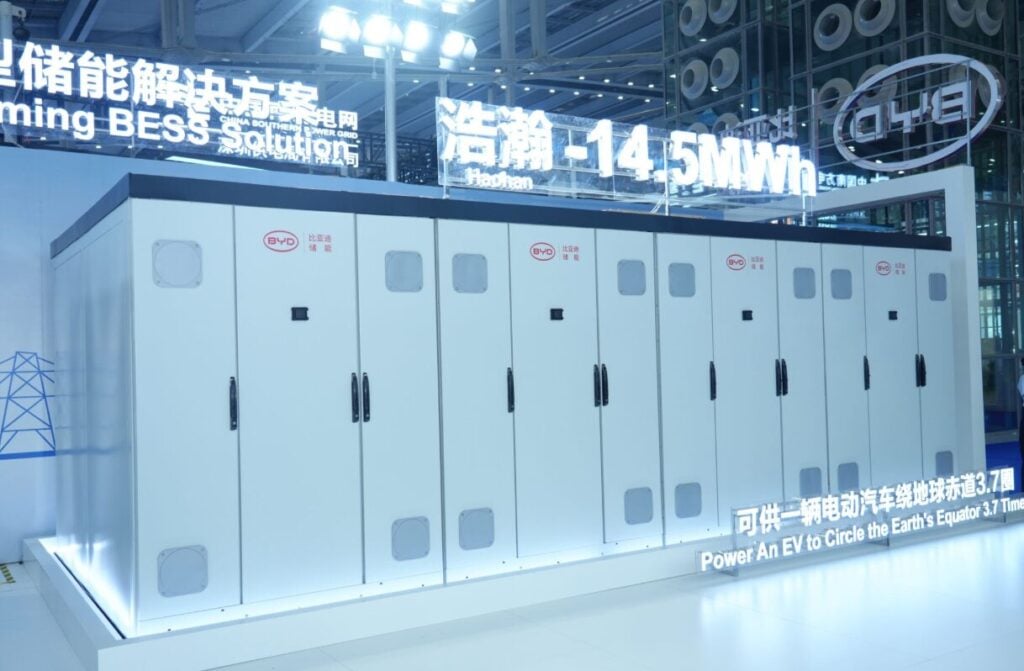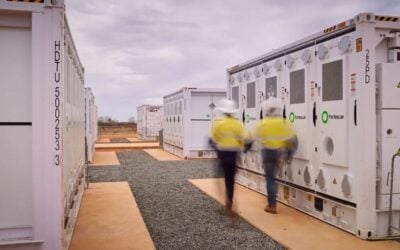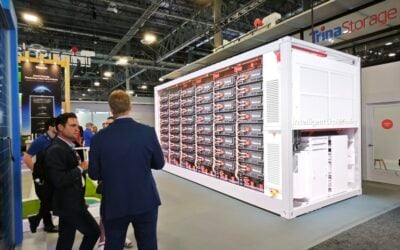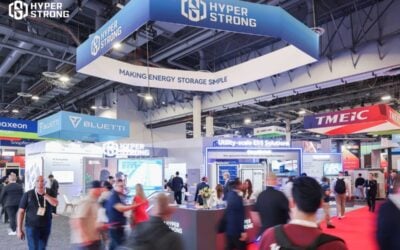
BYD has presented its latest grid-scale BESS product, pushing energy density even further to its limits, while Eve and Sunwoda have progressed commercialisation of high capacity battery cells.
BYD unveiled its ‘Haohan’ battery energy storage system (BESS) unit at the International Digital Energy Expo in Shenzhen, China, last week.
Haohan “redefines possibilities in utility-scale energy storage”, the company said on LinkedIn, outlining several differentiating features, including the use of its 2,710Ah Blade Battery, which is four-to-eight times larger than the industry standard.
It packs 14.5MWh of energy storage capacity into one unit, equivalent to 10MWh in a 20-foot area. That is far higher than the 6-7MWh products that have been announced over the past year, and double the 5MWh which has become the industry minimum standard over the last several years.
Try Premium for just $1
- Full premium access for the first month at only $1
- Converts to an annual rate after 30 days unless cancelled
- Cancel anytime during the trial period
Premium Benefits
- Expert industry analysis and interviews
- Digital access to PV Tech Power journal
- Exclusive event discounts
Or get the full Premium subscription right away
Or continue reading this article for free
The BESS has a VCTS (proportion of cell volume to system volume) of 52.1%, the highest ever, the firm claimed.
Kai Wang, UK and Ireland country manager for BYD Energy Storage, commented that the product is specifically designed for long-duration energy storage (LDES).
BYD claimed the new BESS simplifies the system and increases reliability with a 70% reduction in system failure and 70% reduction in maintenance cost. It enables a much higher volumetric energy density, which the company claims results in deploying GWh projects with about half the number of battery systems. Overall, BYD claims that energy project costs will be reduced by 21.7%.
Other high energy density BESS and high capacity cell announcements: CATL, Hithium, Eve Energy and Sunwoda
BYD’s launch follows the launch by competitor CATL earlier this year of a 9MWh BESS, the Tener Stack, which also goes beyond the conventional 20-foot container by stacking two 20-foot units on top of each other.
BYD’s LDES-focused product comes after a 1,175Ah battery cell was commercialised by Hithium, which recently deployed it in a BESS for the first time for a project in Saudi Arabia. The company said it is designed specifically for LDES applications. Hithium had said a cell of that size was the first of its kind, and BYD has now more than doubled the figure.
The industry standard cell used in BESS has moved in the past year from around 314Ah towards higher densities of around 600Ah+. BYD’s cell is eight and four times’ larger than those sizes respectively.
Sunwoda and Eve Energy have also recently progressed the commercialisation of recently-announced cells of around 600Ah.
EVE Energy recently claimed that a 400MWh project it supplied in Hebei, China, is the world’s first to use 628Ah cells. The firm suppilied 80 ‘Mr Giant’ BESS units for the Phase II of the Ruite New Energy Project in Lingshou. Sunwoda, meanwhile, recently started mass production of a 684Ah cell in China.
Energy density constantly improving, but challenges remain
Energy density has consistently been among the biggest technology topics in the energy storage industry in the past few years, and one of the areas where battery and BESS manufacturers have made improvements the quickest.
As Energy-Storage.news reported from US clean energy trade show RE+ earlier this month, the main enabler of this has been an increase in battery cell size and the main benefit is a reduction in cost, not just in footprint.
This is because increasing the energy density of the BESS means less balance of plant (BOP) and auxiliary equipment is needed for the same megawatt-hour capacity.
However, RE+ attendees pointed out that the ever-changing and ever-increasing energy densities pose challenges for transportation, choice overload for those procuring products and insurability because of the need to redesign safety standards.

![burns and mcdonnell GA_Battery_Storage_003[84] The maturing industry has allowed EPCs to "get more creative with engineering technology and construction equipment to help streamline operations in the field," Julian Hoover says. Image: Burns & McDonnell](https://www.energy-storage.news/wp-content/uploads/elementor/thumbs/burns-and-mcdonnell-GA_Battery_Storage_00384-rgklnp65oz5okwj4j525f5bdz9y57j338jh6zpqdvo.jpg)



